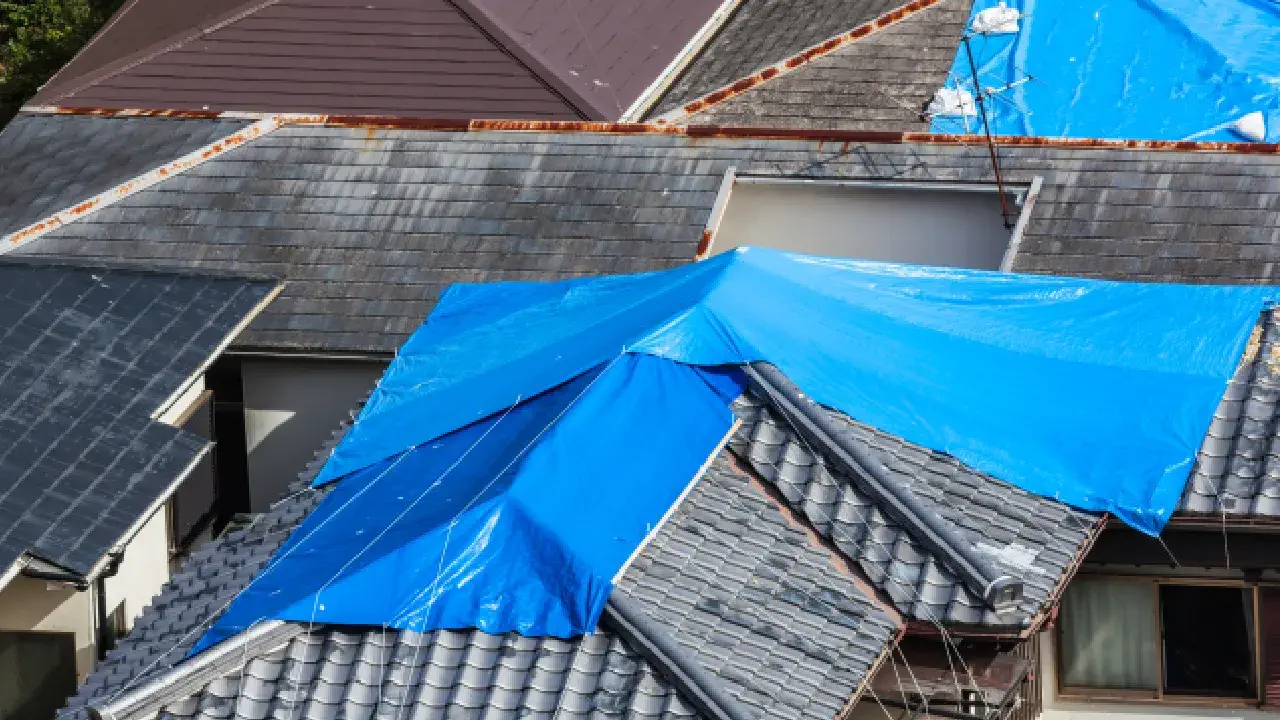Structural integrity in the context of roofing refers to the ability of the roofing system and its supporting structure to withstand various loads, stresses, and environmental conditions while maintaining its stability, safety, and functionality. A roof with strong structural integrity is capable of supporting its own weight, the weight of roofing materials, and additional loads such as snow, wind, and maintenance personnel.
Key elements contributing to the structural integrity of a roofing system include:
- Roof Deck: The roof deck forms the structural foundation of the roof. It is typically made of materials such as plywood or oriented strand board (OSB). The deck must be properly designed and installed to provide a stable base for roofing materials.
- Trusses and Rafters: The framing structure of the roof, consisting of trusses or rafters, plays a crucial role in distributing the weight of the roof and supporting the overall structure. These components must be correctly engineered to handle the anticipated loads.
- Load-Bearing Capacity: The roof must have the load-bearing capacity to support the weight of roofing materials, snow accumulation, and any additional loads imposed by equipment or personnel during maintenance activities.
- Connection Points: The connections between various components, such as trusses, rafters, and the roof deck, are critical for maintaining structural integrity. Properly secured and adequately fastened connections contribute to the stability of the entire roofing system.
- Flashing and Penetrations: Flashing, which is used around roof penetrations such as vents, chimneys, and skylights, must be installed correctly to prevent water infiltration. Properly sealed penetrations maintain the structural integrity by preventing leaks and potential damage to the roof structure.
- Ventilation Systems: Adequate ventilation is essential for preserving the structural integrity of the roof and the underlying structure. Proper ventilation helps regulate temperature, reduce moisture buildup, and prevent issues such as wood rot.
- Materials Selection: The choice of roofing materials, including their weight, strength, and compatibility with the structure, is crucial for maintaining structural integrity. The selected materials must be suitable for the specific design and load requirements of the roof.
- Compliance with Building Codes: Adherence to local building codes and regulations ensures that the roofing system meets minimum structural requirements for safety and durability. Compliance helps guarantee that the roof can withstand expected environmental loads.
- Maintenance: Regular inspection and maintenance activities contribute to the long-term structural integrity of the roof. Identifying and addressing issues promptly helps prevent small problems from escalating into significant structural issues.
- Weather Resistance: The roofing system should be designed and constructed to resist the effects of weather, including wind, rain, snow, and temperature fluctuations. Proper weather resistance contributes to the overall durability of the roof.
Maintaining the structural integrity of a roof is crucial for the safety and longevity of a building. Regular inspections, adherence to building codes, proper design and installation, and the use of high-quality materials all play essential roles in achieving and preserving the structural integrity of a roofing system.

